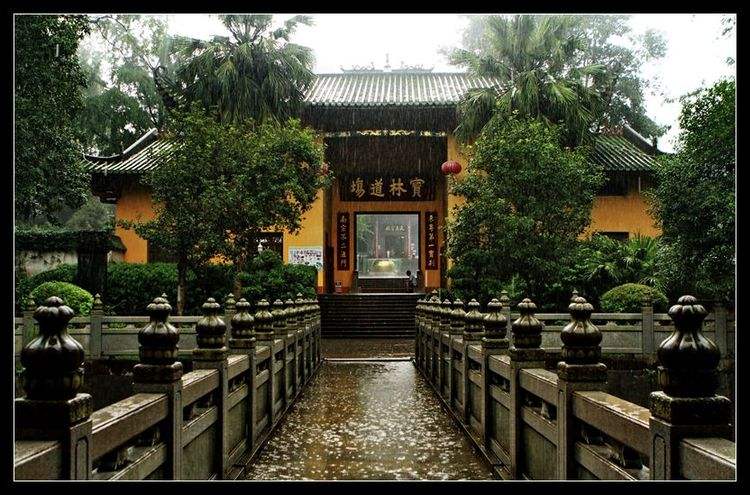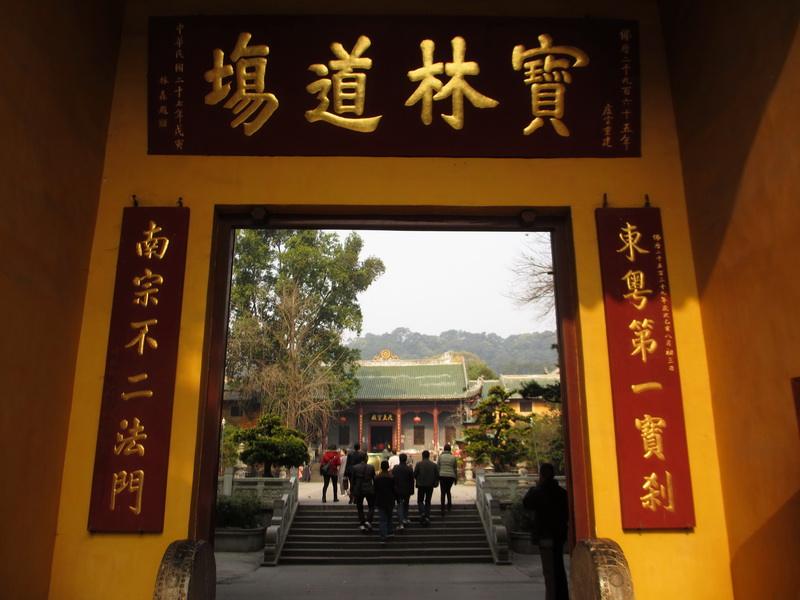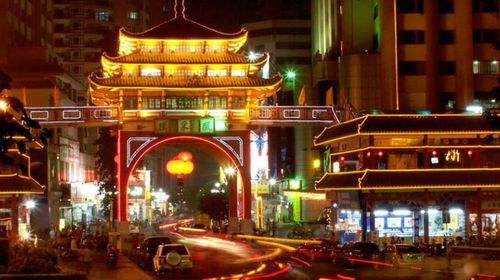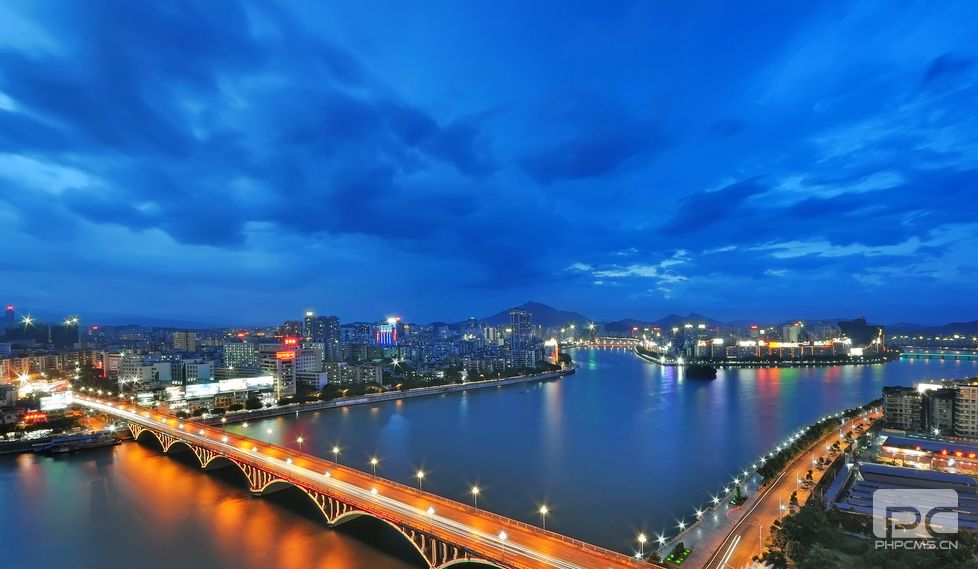Nanhua Buddhist Temple

Nanhua Buddhist Temple lies on the side of Caoxi, seven kilometers southeast of Maba Town, Qujiang County, Shaoguan City, Guangdong Province, about twenty-four kilometers south of downtown area of Shaoguan. The temple, one of the famous Buddhist temples in China, is the birthplace of Zen Buddism, where the Sixth Patriarch Huineng promoted the Southern Sect Zen Buddhism.

Nanhua Temple was first built in Tianjian's first year of Liang Wu Emperor of the Northern and Southern Dynasties (502 A.D.) and was set up three years later. Liang Wu Emperor personally titled the temple "Baolin Temple". Later, it was renamed "Zhongxing Temple" and "Faquan Temple" successively, and in Kai Bao’s first year of Song Dynasty (968 A.D.), Emperor Taizu of Song titled the name "Nanhua Buddhist Temple" which has been followed so far. The temple is also called Six Patriarch Buddhist Rites as the Six Patriarch of Zen Buddhism promoted Dharma here. The temple has a construction area of more than 12,000 square meters, including Caoxi Gate, Fangsheng Pond, Hall of Heavenly Kings, Mahavira Hall, Sutra Depository, Lingzhao Pagoda, Sixth Ancestor Hall and so on. Except for Lingzhao Pagoda and Sixth Ancestor Hall, all the buildings were renovated after 1934 by the Monk Xu Yun who collected alms around the area.
In 1983, Nanhua Temple was designated by the State Council as the first batch of the national key monastery in the Han region. On June 25, 2001, Nanhua Temple, as an collection of ancient buildings of Ming and Qing Dynasties, was approved by the State Council to be listed in the fifth batch of Important Historical Monuments under Special Preservation.



